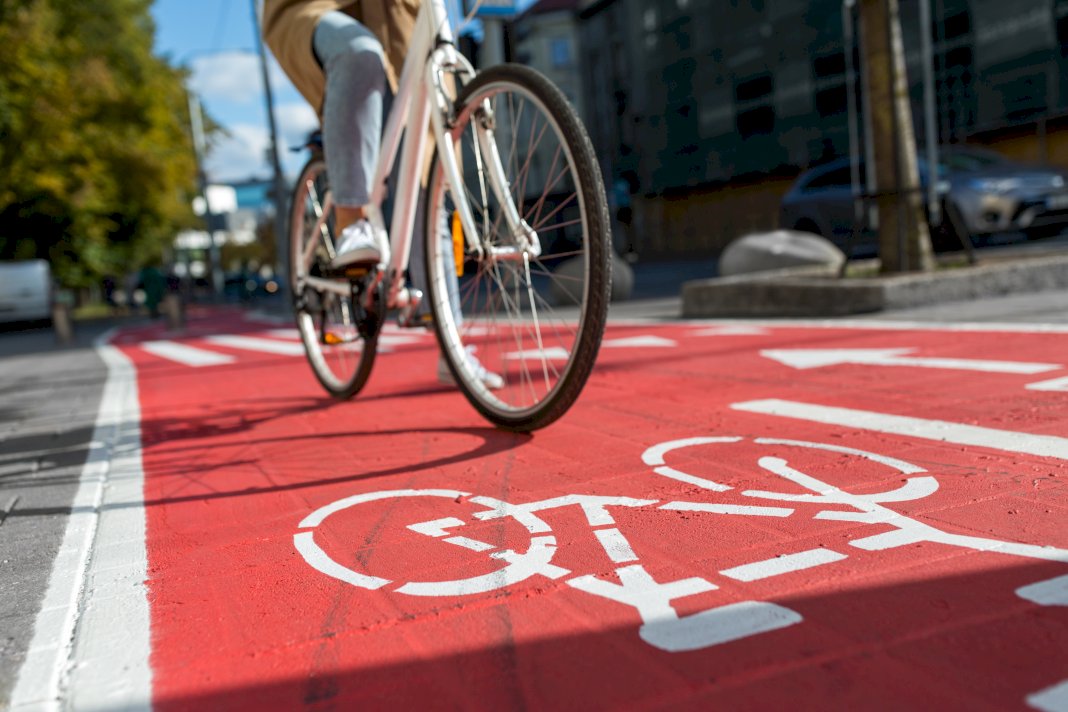- Dedicated bike lanes and cyclist-friendly signals enhance safety and promote cycling as a transportation option.
- Reflective road markings, such as reflectorized traffic paint, improve lane visibility, reducing accidents.
- Strict enforcement of bike lane rules protects cyclists, fostering respect among all road users.
- Becoming a bike-friendly city contributes to environmental sustainability, healthier citizens, and reduced traffic congestion.
A bike-friendly city offers numerous benefits both to its residents and the environment. For starters, cycling reduces traffic congestion, a significant issue in many urban areas. According to the Texas A&M Transportation Institute, an average American commuter spent 54 extra hours in traffic yearly. Moreover, biking offers an eco-friendly transportation alternative, significantly reducing carbon emissions. The Environmental Protection Agency (EPA) estimates that for every mile pedaled rather than driven, nearly 1 pound of CO2 is saved.
Furthermore, promoting biking can lead to healthier citizens. According to the American Heart Association, cycling can lower risk factors for heart disease and improve mental well-being. Ultimately, transforming into a bike-friendly city contributes meaningfully to the quality of life, environmental sustainability, and the community’s overall health.
Cities can benefit from implementing policies that promote cycling. However, you might need a long-term strategy to help mitigate challenges. Here are a few tactics to consider.

Improved Infrastructure
The first step towards creating a bike-friendly city lies in improving its infrastructure. The provision of dedicated bike lanes ensures the safety of cyclists and motivates more people to consider this mode of transport. Bike lanes separate cyclists from fast-moving vehicular traffic, reducing the risk of accidents. Furthermore, well-marked bike lanes highlight the presence of cyclists on the road, making drivers more cautious.
Multi-modal transportation options can also enhance bike-friendliness. Install bike racks on public buses and provide ample bike parking spaces at bus and train stations. This encourages commuters to combine biking with public transport, making their journey more flexible and convenient.
In addition, cities need to invest in cyclist-friendly traffic signals and signs. Traffic signals that recognize bikes and provide them enough time to cross intersections safely are a crucial part of bike-friendly infrastructure. Other symptoms signs as ‘Share the Road’ can help raise awareness among motorists about sharing space with cyclists.
Another effective strategy is to develop a network of greenways and bike paths. These car-free spaces provide bike riders with a safe and pleasant environment, enhancing their experience. By linking such courses to popular destinations such as parks, schools, and shopping centers, cities can encourage citizens to bike for everyday errands and recreation.
To summarize, a bike-friendly infrastructure involves a comprehensive approach to designing and implementing facilities prioritizing cyclists’ safety, convenience, and enjoyment.
Better Road Markings
Enhanced road markings play a pivotal role in establishing bike-friendly cities. They provide clear navigational cues and delineate bike lanes, making cycling safer and more efficient. One of the most cost-effective and visible ways to enhance road markings for cyclists is by applying reflectorized traffic paint.
Reflectorized traffic paint is a type of road marking paint that contains tiny reflective beads. When headlights shine on it, the light is reflected towards the source, making the marking glow in the dark. This improved visibility aids in maintaining lane discipline among motorists and cyclists, reducing the likelihood of accidents.
Cities can use reflectorized traffic paint to mark bike lanes clearly, making them more noticeable to motorists during the day and night. Moreover, crosswalks and intersections can be painted with reflectorized traffic paint, ensuring that these potential conflict zones are well-marked and visible to all road users.
Special symbols, such as shared lane markings or ‘sharrows,’ can also be painted using reflectorized traffic paint. These symbols indicate that a lane is to be shared by cyclists and motorists, reminding drivers to be cautious.
Rule Enforcement
Enforcing rules on cars or pedestrians that infringe upon bike lane rules is critical in creating a bike-friendly city. Rule enforcement safeguards cyclists from potential hazards and emphasizes their right to share the road. When bike lanes are violated by cars parking or driving in them or pedestrians wandering onto them, the safety of cyclists is compromised. These encroachments force cyclists to veer into traffic, increasing the risk of accidents.
By strictly enforcing bike lane rules, cities can ensure that these designated spaces for cyclists remain clear and safe. Additionally, consistent rule enforcement sends a clear message about the city’s commitment to supporting cycling as a legitimate mode of transportation. It helps cultivate a culture of respect among all road users, fostering an environment where motorists, cyclists, and pedestrians can coexist safely and harmoniously.
Final Thoughts
Creating bike-friendly cities requires a multifaceted approach involving infrastructure, road markings, and rule enforcement. Nevertheless, the benefits of becoming a bike-friendly city are significant. Reducing traffic congestion, promoting physical activity and mental well-being, and decreasing carbon emissions all enhance the quality of life for citizens and the environment.


